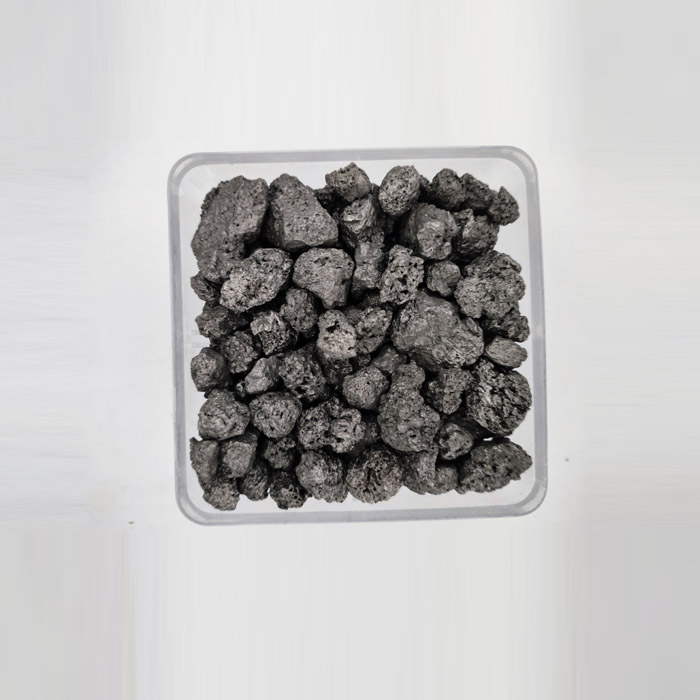Sep . 22, 2024 11:32 Back to list
basic refractory material
Understanding Basic Refractory Materials
Refractory materials are crucial in various industrial processes, particularly in high-temperature environments
. These materials are designed to withstand extreme heat, corrosion, and mechanical stress, making them essential for the production of metals, ceramics, and glass. Among the different classes of refractories, basic refractory materials hold a significant position due to their unique properties and applications.Basic refractory materials are primarily composed of alkaline earth oxides, such as magnesia (MgO) and lime (CaO). They are characterized by their high melting points and excellent resistance to basic slags, which are byproducts generated during the smelting of metals. Due to these properties, basic refractories are typically used in environments where acidic or neutral refractories would fail, particularly in metallurgical processes.
One of the most common basic refractory materials is magnesite, which is primarily composed of magnesium carbonate. When heated, magnesite decomposes into magnesia and carbon dioxide, the latter of which escapes into the atmosphere. Magnesia, in its dense form, is a highly durable and heat-resistant substance, making it ideal for linings in furnaces, kilns, and incinerators.
Another significant basic refractory is dolomite, which consists primarily of magnesium calcium carbonate. Dolomite refractories are favored in the steel industry for their ability to withstand high temperatures and their chemical resistance against basic slags. They are often utilized in the linings of electric arc furnaces and other critical smelting operations.
basic refractory material

Basic refractory materials also exhibit excellent thermal shock resistance, making them suitable for applications where rapid temperature changes occur. This property is primarily due to their low thermal conductivity, which minimizes heat loss and provides better insulation within industrial processes.
In addition to their applications in metallurgical industries, basic refractories are becoming increasingly important in modern technological advances. For instance, in the glass-making industry, they are used in melting tanks, helping to improve energy efficiency and product quality. Their role extends to the waste management sector, particularly in incineration technologies, where they contribute to the safe disposal of hazardous materials.
The production of basic refractories involves careful selection of raw materials, which are then subjected to high-temperature firing processes. This manufacturing process ensures that the final product possesses the desired characteristics, including strength, durability, and resistance to thermal and chemical degradation.
In conclusion, basic refractory materials play an indispensable role in various high-temperature applications across multiple industries. Their unique properties enable them to withstand harsh conditions, making them vital for processes that require reliable and efficient thermal management. As industries continue to evolve, the demand for high-performance basic refractories is likely to grow, driving further research and innovation in this critical field.
-
Eco-Friendly Granule Covering Agent | Dust & Caking Control
NewsAug.06,2025
-
Fe-C Composite Pellets for BOF: High-Efficiency & Cost-Saving
NewsAug.05,2025
-
Premium Tundish Covering Agents Exporters | High Purity
NewsAug.04,2025
-
Fe-C Composite Pellets for BOF | Efficient & Economical
NewsAug.03,2025
-
Top Tundish Covering Agent Exporters | Premium Quality Solutions
NewsAug.02,2025
-
First Bauxite Exporters | AI-Optimized Supply
NewsAug.01,2025
